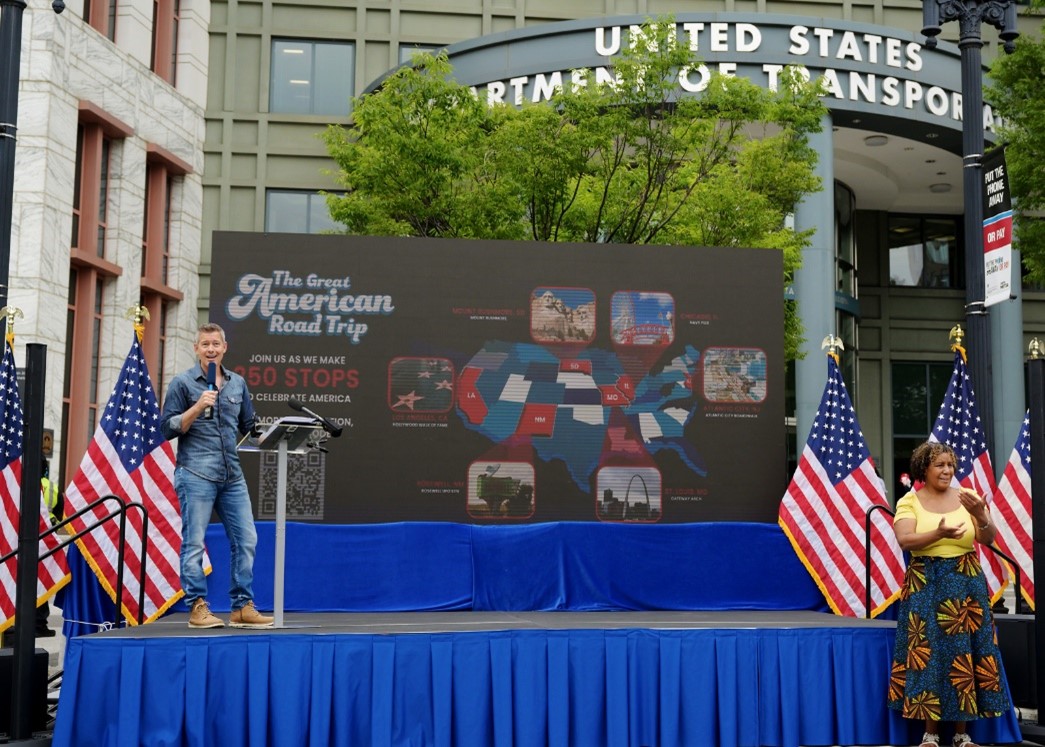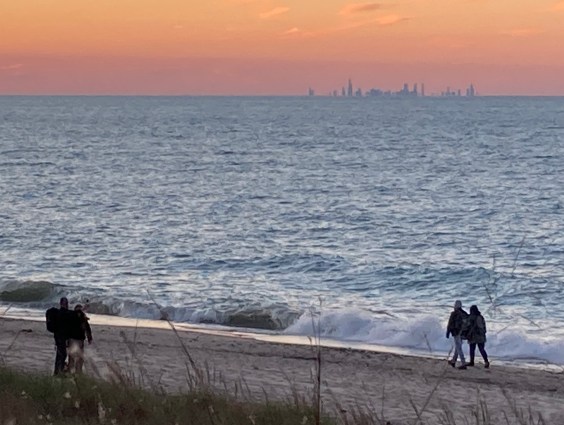One of the interesting developments to come out of the National Association of City Transportation Officials "Designing Cities" conference (currently in its second day) was the announcement of a wide-ranging new design guide to be released next year. NACTO's "Urban Streets Design Guide" will show how streets of every size can be re-oriented to prioritize transit, safe walking and biking, and public activity.

In much the same way that NACTO's "Urban Bikeway Design Guide" helped cities implement projects like protected bike lanes, which aren't included in more conservative engineering manuals, the Urban Streets Design Guide will help accelerate the adoption of a range of multi-modal improvements, from bus lanes to curbside public spaces. As NYC DOT chief and NACTO President Janette Sadik-Khan writes in the foreword:
These innovations are at the center of improvements for urban roadways in the U.S., but they are still often treated as marginal or exceptional by other national design guides. This guide will fill that gap and give cities the tools they need as they strive to make the most of their streets.
The full Urban Streets Design Guide is slated to come out in March. For now there's a short overview and some excerpts online, which give a sense of what will be in the finished version.
When it comes to re-engineering streets, the importance of this type of design guidance is hard to overstate. At a panel yesterday afternoon, Seleta Reynolds of the San Francisco MTA's Livable Streets program shared a terrific example of how the NACTO bikeway guide helped accelerate change at her agency.
When SF was planning bike lanes for JFK Drive in Golden Gate Park, she said, the release of NACTO's guide prompted her agency to reconsider the standard approach -- placing the bike lanes between parked cars and traffic. "We decided the regular bike lane wouldn't be good enough," she said. "We opted for one-way cycle tracks."
The NACTO book provided guidance on the specifics of protected bike lanes, she said, like how wide the buffer should be and how to design the "mixing zones" where cyclists and turning drivers interact. None of those details are included in the engineering guides that loom largest in California -- the state's version of the Manual on Uniform Traffic Control Devices (MUTCD), and the state DOT's Highway Design Manual.
Whenever the SF MTA implements a design that isn't covered in those two documents, the agency is required by law to obtain permission for "experimentation," which can be an onerous process. That's another way the NACTO guide has helped expedite projects like the JFK Drive protected bike lanes -- Reynolds and her team use it to demonstrate that they are following standard engineering practice.
With the NACTO bikeway guide and San Francisco's Better Streets Plan providing standards for bike and pedestrian improvements, Reynolds said, she's looking forward to the multi-modal treatments in the Urban Streets Design Guide, which will help shape decisions about the many streets in her city that can work better for both transit and bikes.





